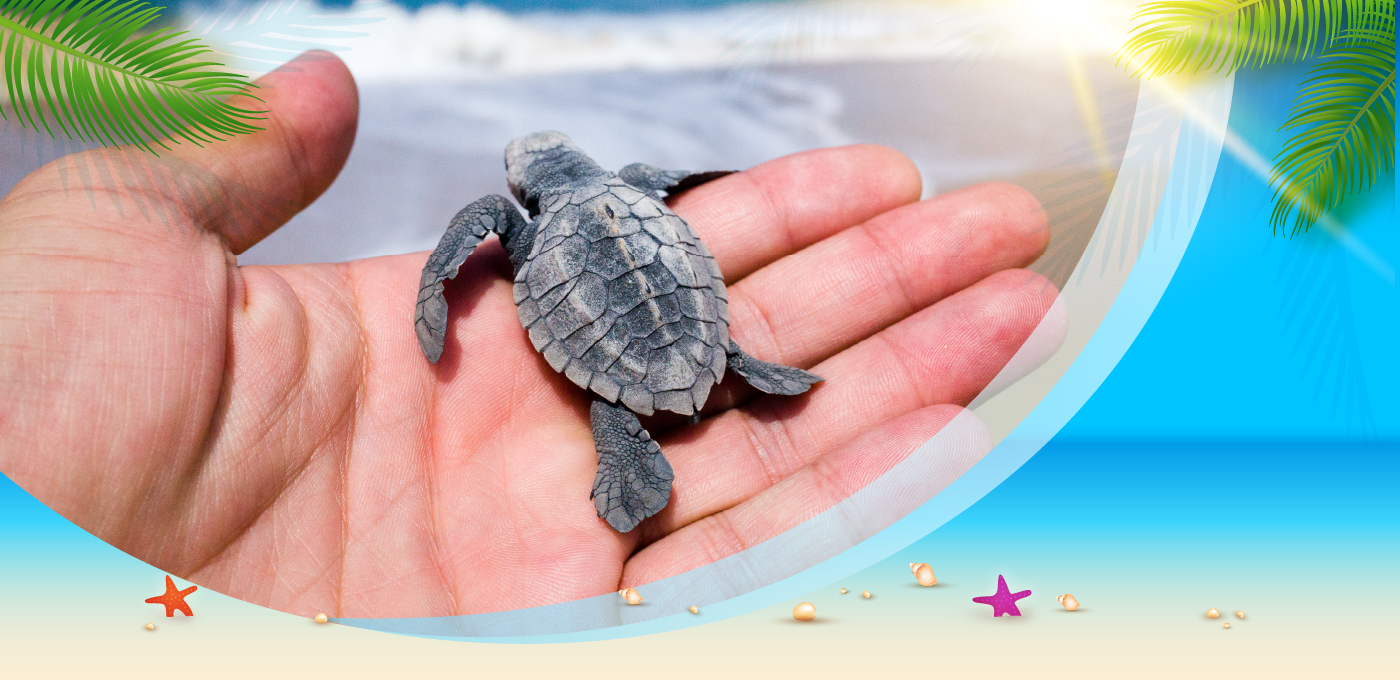Support our turtle hatchery!
Did you know that Resorts World Kijal’s beach is one of the nesting grounds for turtles?
There have been 76 recorded nesting activities, and our turtle hatchery was purpose-built to safeguard these endangered turtles.
Want to get up close and personal with adorable baby turtles? Book the Baby Turtle Release package, where proceeds go towards the Terengganu State Turtle Conservation Trust Fund set up by the Terengganu State Government.
Show your support by booking your stay before the nesting season ends!
The lifecycle of sea turtle is typically divided into: Eggs (Nesting), Hatchlings, Juvenile and Adult.
- During the nesting season, mother turtles will come ashore to dig a hole in the sand and lay eggs. A total number of 80 – 120 eggs are often laid. The mother turtles return back to the sea after covering their nests with sand to ensure that they are safe from being preyed.
- Once fully developed, the baby sea turtles, also known as hatchlings, break through their eggshells and slowly dig their way upward out of the nest. Fuelled by the leftover egg yolk attached to themselves, the hatchlings make their way to the sea at night to avoid being detected by predators – from the skyward and below water. Most hatchlings does not survive to become adults due to the high number of obstacles they face.
- Hatchlings that were able to make their way to the open ocean allows them to grow and become juveniles over a period of time. When they have bigger body size, they will migrate to near shore to continue foraging.
- After reaching adulthood, mating occurs between adult males and females. Within a few weeks, females return to nest at the same beach where they emerge as hatchlings, whereas the males will migrate back to the areas with food to replenish their energy.
 Home
Home
 Getting Here
Getting Here
 Hot Deals
Hot Deals









